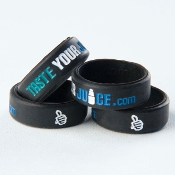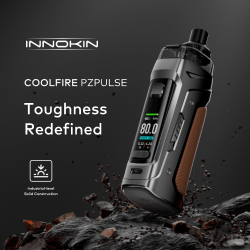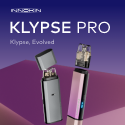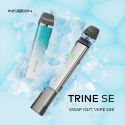
PMTA DEADLINE ARRIVES:
VAPOR INDUSTRY RESPONDS
September 9, 2020
This is a BIG DAY for the vapor technology industry. The day that so many said could not come has arrived. And, just like with every other deadline imposed by the FDA, the vapor industry has stepped up to the task.
Once thought impossible, already reports are coming in of many manufacturers filing their Pre-Market Tobacco Applications (PMTAs) covering what is sure to be thousands of products. Congratulations to all those companies who dug in, did the hard work, gathered the science and submitted their PMTAs by the deadline. Yes, companies had to make some tough decisions along the way, but that was always expected as we headed into the final phase of the Deeming Regulation.
Last week, the FDA confirmed it will take each applicant’s individual circumstances into account during the review process. To be sure, FDA already has been quickly replying to early applicants and issuing initial acceptance letters accepting applications for a variety of products.
While this may feel like a finish line, it is really only the beginning of an ongoing process with FDA as CTP reviews each application submitted and engages with further questions of the applicants.
VTA will continue our existing dialogue with FDA to strongly advocate for our members participating in the process. To that end, the process rolls out as follows:
Phase 1: Administrative Review. FDA initially reviews the application to make sure that basic requirements are in the application, it is in English, it includes required contact information and that it contains product identifying information. If these basic elements are included, a company should receive a letter from FDA accepting their application for further action. If not, FDA will send a “refuse to accept” letter.
Phase 2: Filing. FDA engages in a preliminary scientific review to make sure that everything required by the statute is included, such as health risk data, HPHC studies, descriptions of components, ingredients, additives, and principles of operation, description of facility controls, manufacturing, etc. If FDA finds these elements, a company will receive a letter accepting the application for filing. If not, FDA will send a “refuse to file” letter.
Phase 3: Substantive Review: This is FDA’s full-blown evaluation of all the science and data presented in each application. FDA will take recommendations from TPSAC and will engage with the applicant with questions. This process could take up to 12 months and during this time FDA may send the applicant a deficiency letter, giving them 90 days to provide missing or deficient information. If FDA has made a scientific decision to issue a marketing order, FDA will send an environmental information request letter before it can issue a final marketing order. Otherwise, FDA will send a “no marketing order” letter.
Phase 4: Post Marketing Reporting. As part of its approval process, FDA may require that the sale and distribution of your product is restricted (i.e., to protect kids). Or FDA may require the applicant to establish and maintain certain records and make certain reports available to FDA. Post market reports will vary based on submission and may include a requirement that the applicant engages in serious or unexpected adverse experience reporting or any manufacturing deviations.
VTA’s full, in-depth analysis summarizing the important developments for those impacted by the PMTA deadline, particularly as it relates to FDA’s enforcement now that the PMTA deadline has been reached, can be found here.







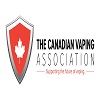


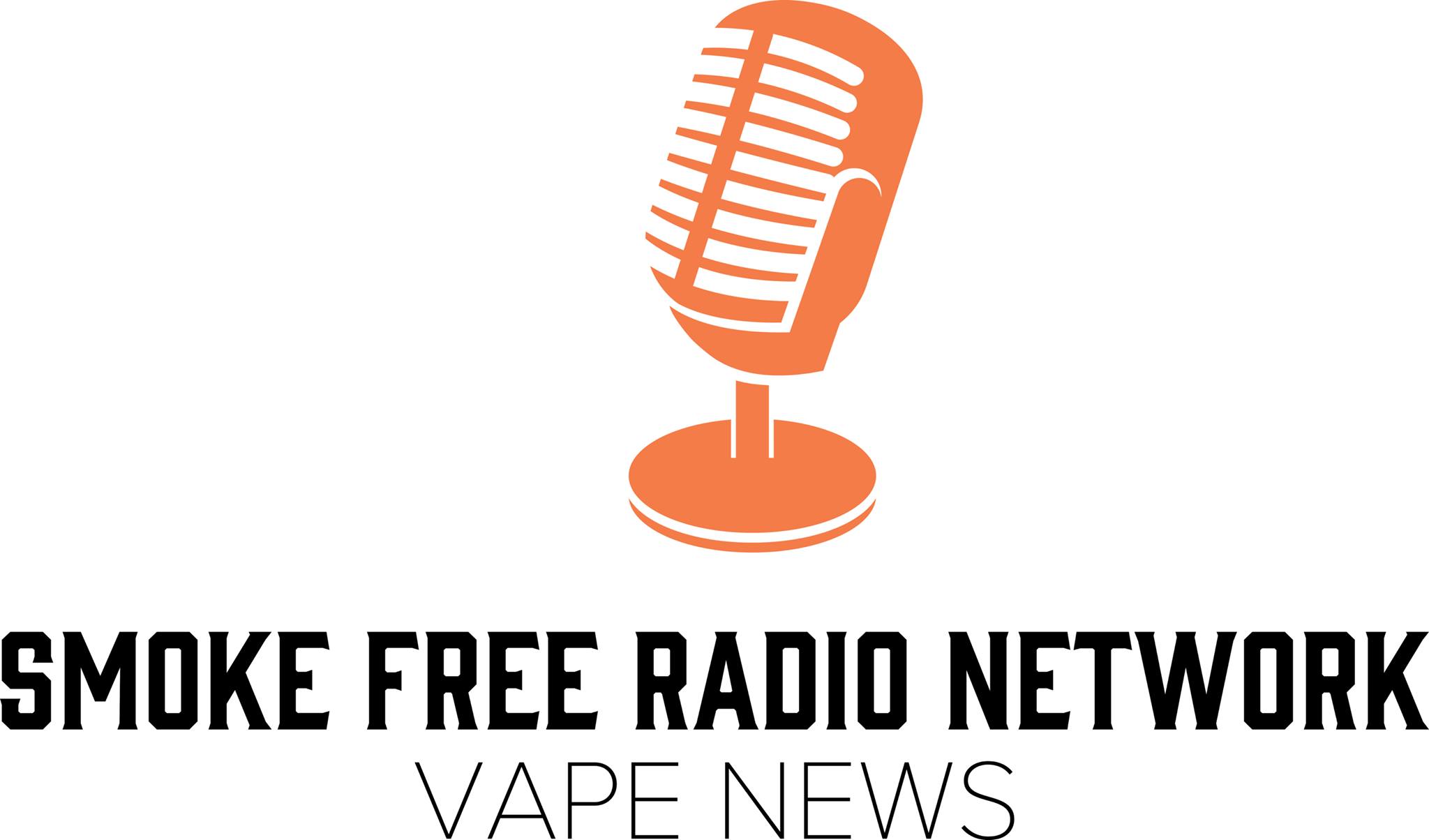



 Store
Store
